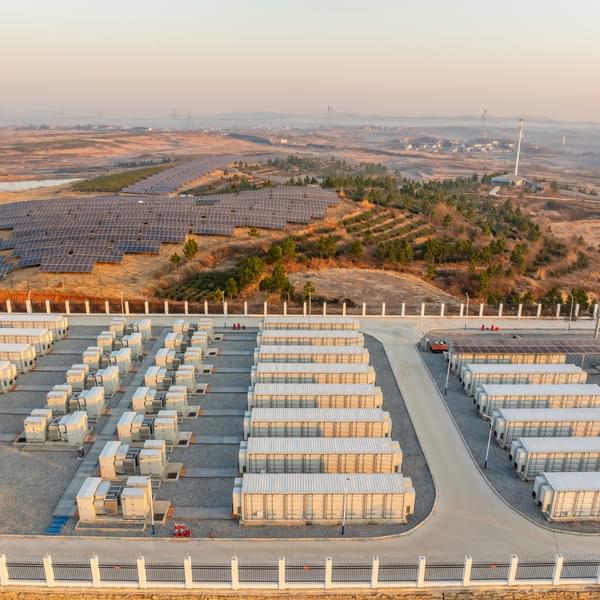Grid Edge, Battery Storage, and Federal Funding
- Written by Charlotte Venner
- July 23, 2024

As the impacts of climate change spread across the country, both utilities and consumers are prioritizing a clean energy future. Innovations in energy generation and distribution, called grid edge technologies, are transforming the electrical grid, moving the sector away from fossil fuels.
Energy storage poses a significant challenge for renewable energy sources, as current storage technologies are less efficient and more costly compared to the established capabilities of fossil fuels. By supporting the development and implementation of battery storage solutions, federal funding can help alongside grid edge technology to decarbonize the energy sector.
What is grid edge technology
Grid edge technologies are transforming the electrical grid, making it easier for consumers and utilities to use renewable energy.
Historically, electricity was generated and distributed using fossil fuels and through centralized, one-way energy transactions. Growth in the use of renewable energy sources, spurred on by the mounting climate crisis, has meant energy consumers are frequently also energy producers, independent from the traditional grid. Grid edge innovations work to support this independence by bringing decentralized energy production and distribution closer to consumers. However, effectively phasing out fossil fuels requires addressing energy storage, which is the primary advantage these fuels hold over renewable resources.
Transformation through battery storage
According to Assistant Secretary for Electricity at the Department of Energy, Gene Rodrigues, by securing energy once it’s generated, “Long-duration energy storage bolsters system reliability and enables every American to benefit from abundant and affordable clean energy.”
Battery storage solutions help serve the goal of grid edge technologies by supporting decentralization of the grid. Leveraging battery storage, customers who generate electricity through decentralized methods, like home solar, can hold onto that energy, reducing reliance on a centralized grid powered by fossil fuels. By creating flexibility in renewable energy use, battery storage supports grid edge programs like peak shaving, self-consumption optimization, and backup power during outages. To power the clean energy transition, battery storage has to be developed and deployed equitably across the electrical grid.
Funding necessary growth and development
Federal funding will play a crucial role in the future of battery storage and grid edge technologies. The Bipartisan Infrastructure Law (BIL) and Inflation Reduction Act of 2022 (IRA) are already delivering the largest ever investment in decarbonization in American history. The IRA alone provides $391 billion for clean energy and electrification measures, attempting to cut greenhouse gas emissions to around 40% below 2005 levels by 2030. This federal funding supports various technologies, from a 30% investment tax credit for EV charging infrastructure to up to $14,000 in rebates for homeowners to electrify their homes.
Critically, these funds include significant investment in battery storage and other distributed energy resources (DERs)—so much that research has predicted the DER market in the U.S. to double between 2022 and 2027. The IRA provides residential clean energy tax credits for battery storage technology and in May of 2024, the Department of Energy also selected an array of projects to receive $15 million in funding for long duration energy storage technologies.
The future of battery storage and grid edge technology
With the support of federal funding, battery storage is on track to make a true impact on the electrical grid in the next decade. Research anticipates battery storage capacity to quintuple between 2023 and 2030. Battery storage solutions can unlock new capacity for decentralized, renewable electricity generation, and work alongside grid edge technology to make that electricity useful and efficient. For this specific intersection of decarbonization forces, the future is bright.
Related Energy Resources
Explore Resource Innovations' energy transformation insights.